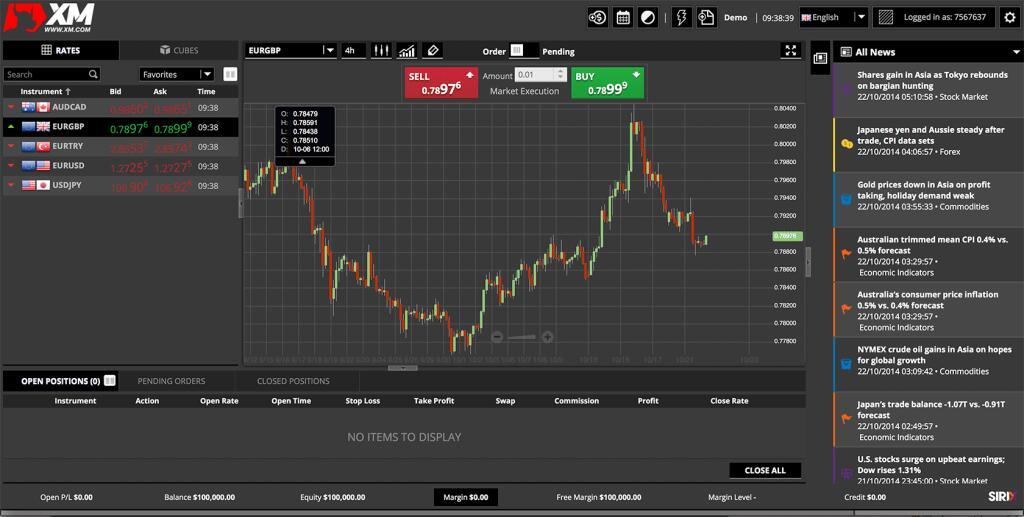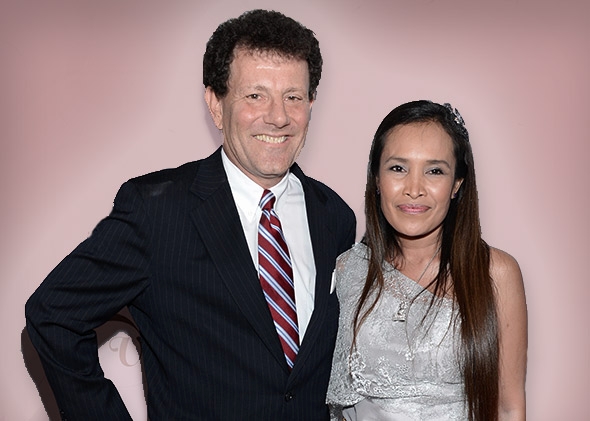Contents
Day trading means trading financial instruments within the trading day. With day trading, open positions are not carried overnight, but rather closed within one trading day. The triple top/bottom is another variation ofreversal price patterns. The triple top is defined by three nearly equal highs with some space between the touches, while a triple bottom is created from three nearly equal lows.

The rectangle pattern is complete when price breaks the resistance line in a bullish rectangle, or when price breaks the support line in a bearish rectangle. The pattern is considered successful when price extends beyond the breakout point by the same distance as the width of the rectangle pattern. The triangle pattern usually occurs in trends and acts as acontinuation pattern. When day tradingin the U.S. stock market, you may notice certain patterns, based on the time of day, that occur more often than not. These patterns, or tendencies, happen often enough for professional day traders to base their trading around them. Bullish and bearish engulfing patterns are some of the good candlestick patterns for day trading.
Bull Flag
After that, a breakout occurs, and the stock continues to rise in price, reaching new highs. For our first-day trading patterns, we’re going to brokerage company prtrend be talking about triangles. There are two more triangle charts, but to keep things simple and easily digestible, let’s begin with just one.
10 am to 11 am provide the perfect opportunities for trend changes as 30-minute and 1-hour traders enter the morning action. Once you know the amount you can risk, take the difference between your entry and stop-loss prices. For example, if your entry point is $15 and your stop-loss is $14.90, then your risk is $0.10 per share. To calculate how many shares you can take on your trade, divided $365 by $0.10. In the real world, once you have more than two points to connect, the trendline may not perfectly connect the highs and lows. If you believe a stock will go up throughout the day, then the best time to buy it would be on the first pullback of the day.
And if you do want to start trading, you’re not alone—plenty of people have taken to day trading in the last few years. You’ll need a good platform, some money set aside, and an account—but that’s the easy part. The combination of the bullish hammer pattern along with the bullish divergence creates a solid condition for a long entry if and when price breaks the prior swing high at #1.
Technical indicators are mathematical calculations that factor in trading volume, historic price data, and open interest in order to generate buy and sell signals. While neither trading patterns nor technical indicators can give you the full picture on their own, when used in unison, they provide a much more solid base of beginner’s guide to forex empiric data to base your decisions off. The engulfing candle chart pattern signals a reversal in the prevailing trend. It’s quite simple to spot and is likely to catch your eye when looking at a chart even if you’re not aware of it. Unlike most of the chart patterns in this list, this one encompasses only two candles.

If day trading was as easy as recognizing relatively simple patterns on a screen, everyone would be a millionaire. Recognizing the shapes themselves is relatively easy—pay attention to volume, be honest with yourself about your risk tolerance, and always set reasonable price targets. Depending on how much free time you have, we’d suggest picking a couple of chart patterns and starting there. Work on recognition, confirmation via other metrics, and finally execution to ensure you enter and exit positions in a timely fashion. If you haven’t used Japanese candlesticks before, you better get used to them—you’ll be seeing a lot of them.
Candlestick Charts – Reversal Patterns
It is advisable to wait until the price tests the broken level. In this article, we will analyze popular patterns for stocks, which can also be applied to various financial instruments, for example, currency and cryptocurrency pairs. Day traders often use them when trading with leverage on the derivatives market.
Stop loss in this case should be set at the lower border of the trading channel. A bullish hammer is a unique signal in that it’s only available via candlestick charts since we’re looking at a single period or session. Unlike the other chart patterns on this list, the bullish hammer is a single candlestick. The tell-tale signs of the bullish hammer are thick, square red candles with a long wick to the low and no wick to the high.
Day Trading Patterns for Beginners
The longer in between the first and second test of the lows, the stronger the breakout can be. Usually the low candle will be a reversal candlestick like a hammer, which indicates capitulation. A secondary buy trigger forms when the prior resistance from the bounce off the first bottom breaksout.
- Remember, the ultimate goal of day trading is to rack up small, yet consistent profits—rookies often lose money by getting greedy and aiming too high.
- The buy trigger can be taken above the handle upper trend line or on the breakout through the lip resistance area.
- Let me remind you that within the framework of the trading strategy for the symmetrical triangle, the price can go both up and down.
- The ascending triangle pattern has a clear horizontal resistance line.
- With them, you can actually predict what’s going to occur—but it takes a lot of practice.
The most common chart patterns are shapes such as rectangles and triangles. To identify patterns within the day, it is recommended to use timeframes up to one hour. On them you can see the formation of patterns by slightly zooming out. When trading intraday, it is important to monitor the price movement, since a particular instrument is also affected by the news background.
Best Day Trading Patterns
In the picture below, a series of bullish hammers formed, after which the quotes reversed. A buy trade could’ve been made after the formation of the second hammer. The appearance of a hammer means that at this mark there is a support level for the asset, below which bears cannot go.
For day traders, previous swing highs (see targets 1 – 3) also make for easy and identifiable exits. You can find Fib patterns on an almost-daily basis, making them an easy setup to identify and trade. Not all retracements will work out, but their frequent occurrences make for ample opportunities to trade the ones that do.
Dishonorable Mention: Bullish Pennant Pattern (54.87%) and Bearish Pennant Pattern (55.19%)
With knowledge about these tools, you will be able to identify market entry points and benefit from various situations that develop in price charts. The channel price pattern is a fairly common sight in trending moves that have good volume and acts as a delayedcontinuation pattern. The choppy rounding bottom should take some time to form as opposed to a sharp bottom and quick bounce that resembles a “V” shape.
What are stock chart patterns?
Stock chart patterns are lines and shapes drawn onto price charts in order to help predict forthcoming price actions, such as breakouts and reversals. They are a fundamental technical analysis technique that helps traders use past price actions as a guide for potential future market movements.
Sell trades should be opened only after the formation of the right shoulder, the breakout of the neckline level by quotes from the top down and the consolidation of the price lower. In addition, the right shoulder should be slightly higher than the left one, but not always. The picture below shows the formation of a resistance level and rising lows, after which there was an impulse breakout of quotes and price consolidation above the resistance. After retesting the level, there was an opportunity to open a buy position with the target at the height of the formed triangle. Stop loss in this case is placed below the broken resistance level at the distance of the low of the impulse candle. News trading is intraday trading, in which traders take into account news factors in addition to technical analysis.
Trading the Bull Flag
Remember, the ultimate goal of day trading is to rack up small, yet consistent profits—rookies often lose money by getting greedy and aiming too high. After the second low, the stock experiences a breakthrough—keep in mind, however, that you’ll need to see a good increase in trading volume to be sure that the bullish trajectory will continue to hold. A double bottom occurs when a stock’s price reaches the same low twice in a short span of time.
Sellers have an oversupply of stock shares and are unwilling to lift their offer prices nor get shaken out on price pullbacks. Meanwhile, there are buyers raising their bid prices on each pullback vantage fx forex broker review that will ultimately overtake the sellers causing a breakout. When a triangle forms, it’s considered a continuation pattern; it doesn’t signal a new trend, but resparks a dormant one.
A secondary short trigger forms when the prior bounce area after the first top breaks down. The stop-loss would be placed just above the high of the second top. For every stock that breaks out and continues in the direction of the primary trend until the close, many fail and roll back over into a lifeless state. This lack of volatilityand volume is what forced me to the reality that late day trading is not for me. More advanced forms of the breakout strategy are to anticipate that the triangle will hold and to anticipate the eventual breakout direction. By assuming that the triangle will hold, and anticipating the future breakout direction, traders can often find trades with very big reward potential relative to the risk.
What is the most common pattern in trading?
Triangles are among the most popular chart patterns used in technical analysis since they occur frequently compared to other patterns. The three most common types of triangles are symmetrical triangles, ascending triangles, and descending triangles.
The trendline connecting the falling swing highs is angled downward, creating a descending triangle . An ascending triangle is formed by rising swing lows, and swing highs that reach similar price levels. When a trendline is drawn along the similar swing highs it creates a horizontal line. The trendline connecting the rising swing lows is angled upward, creating the ascending triangle as demonstrated in figure 2. The flag forms during an uptrend—the initial sharp rise in the stock’s price forms the so-called flagpole. After that, we can clearly see the consolidation period—prices vary, rising and falling, but not by much.
Double Tops 💶
Examples of price charts are such stock patterns as double bottom, double top, head and shoulders, inverted head and shoulders, bullish and bearish wedge, flag, triangle, and others. The ascending channel pattern is defined by a bullish trending move followed by a series of lower highs and lower lows, that form parallel trendlines containing price. The descending channel pattern is defined by a bearish trending move followed by a series of higher lows and higher highs, that form parallel trendlines that contain price. In the world of technical analysis there are a lot of traders who talk about price action patterns but few actually discuss how accurate they are in the live market.
The only different is the range of prices being larger for wider time frames. For example, a wider time frame daily bull flag pattern may contain a 5-minute cup and handle breakout pattern that forms first. My friend, this is by far the hardest of any day trading patterns to master. The beauty of the late day consolidation pattern is that the stock will continue in the direction of the breakout into the market close. In this fifteen-minute EURUSD chart you can see an example of the developing cup and handle pattern.




